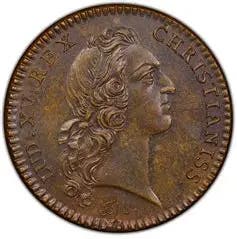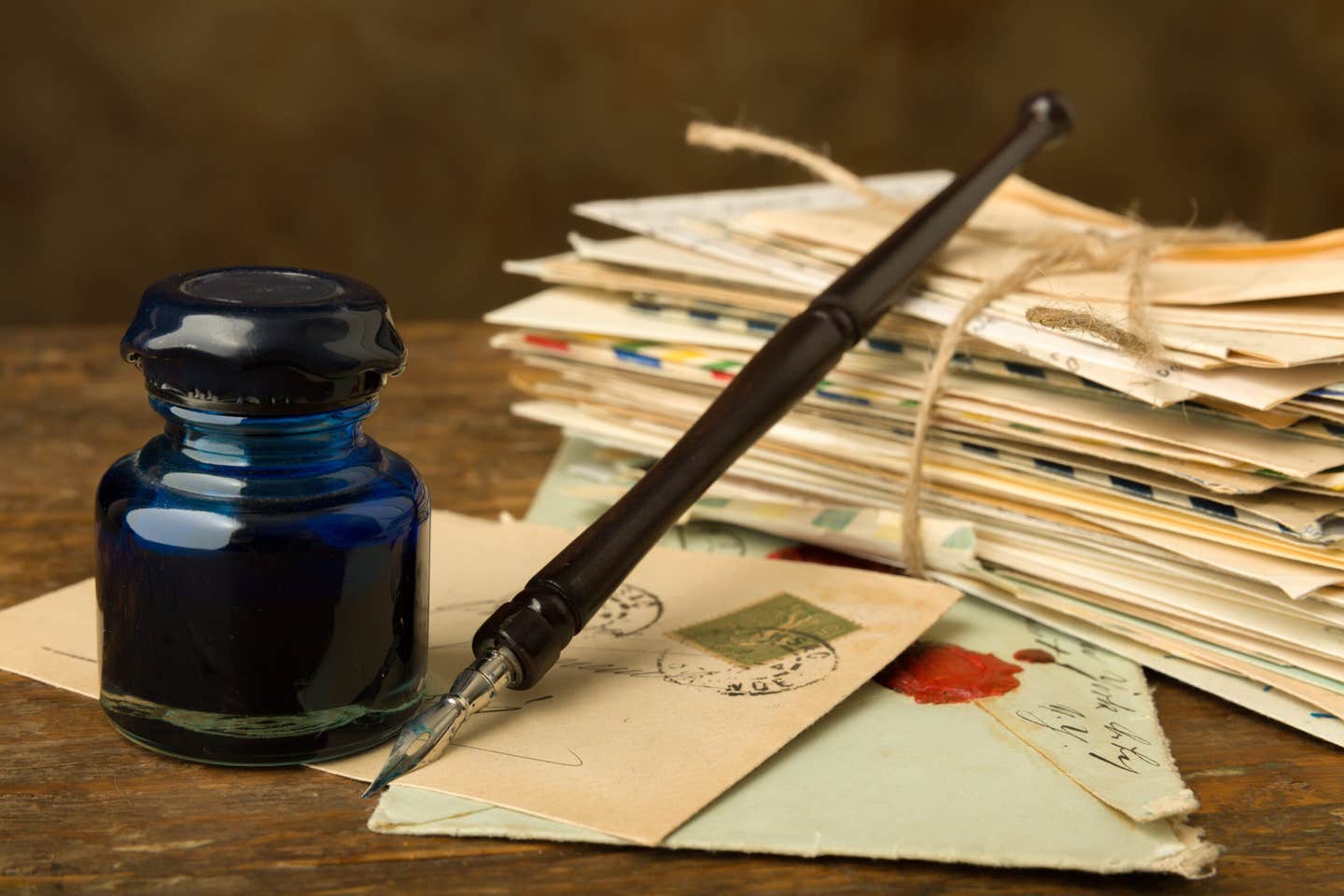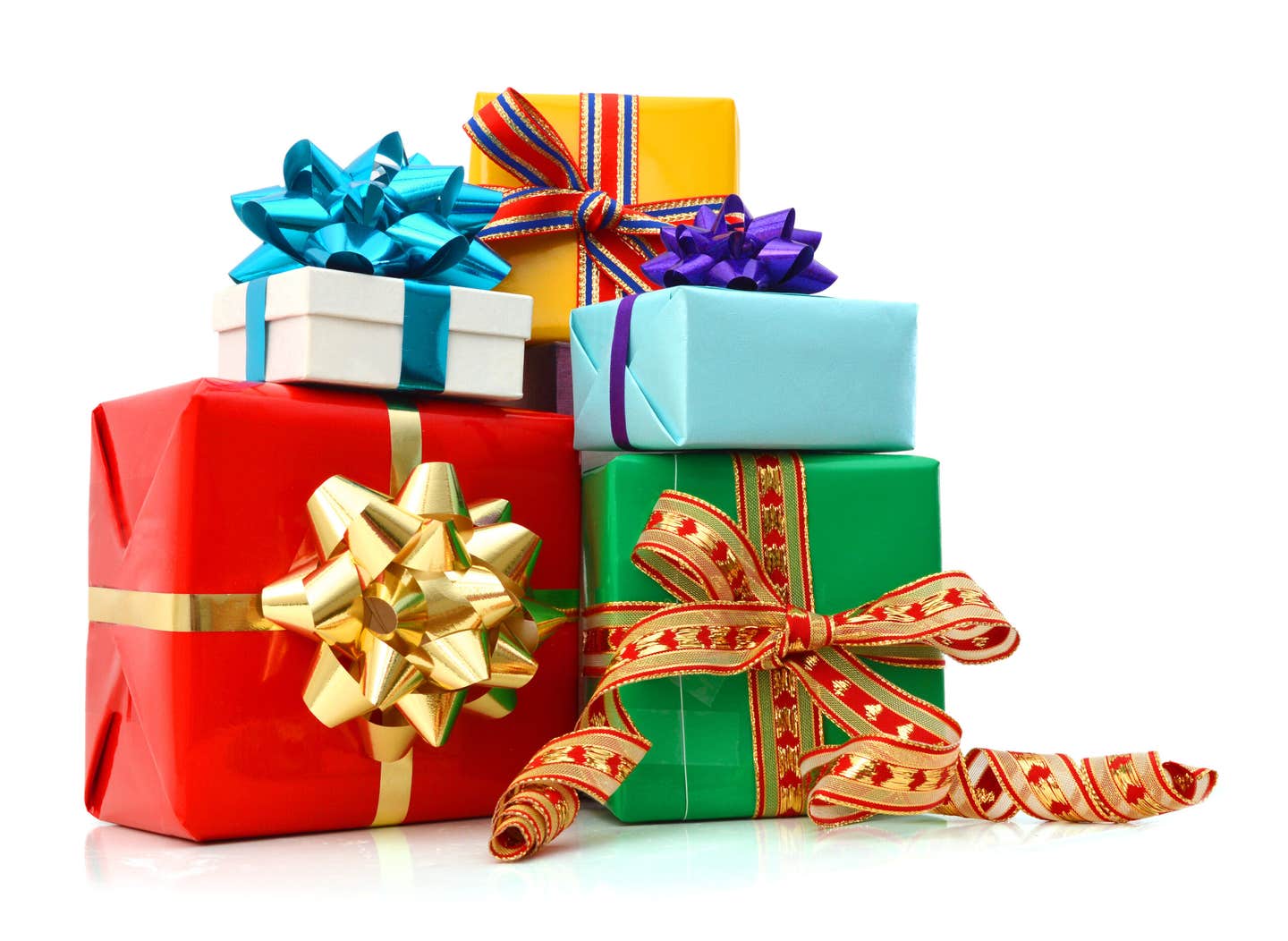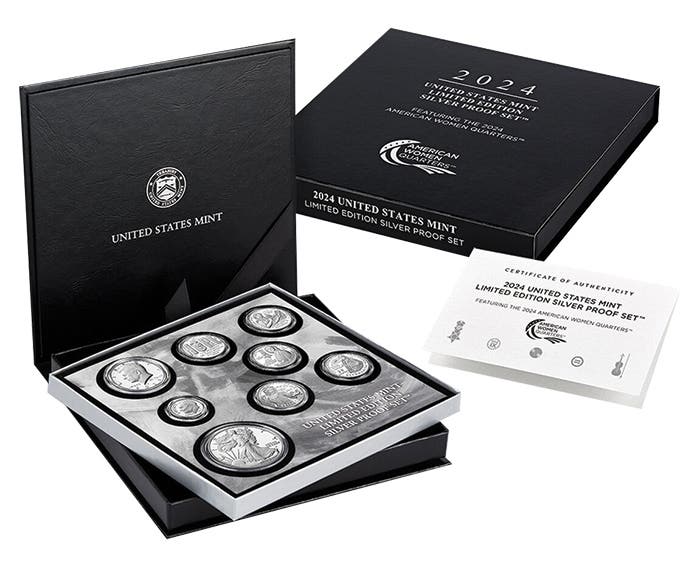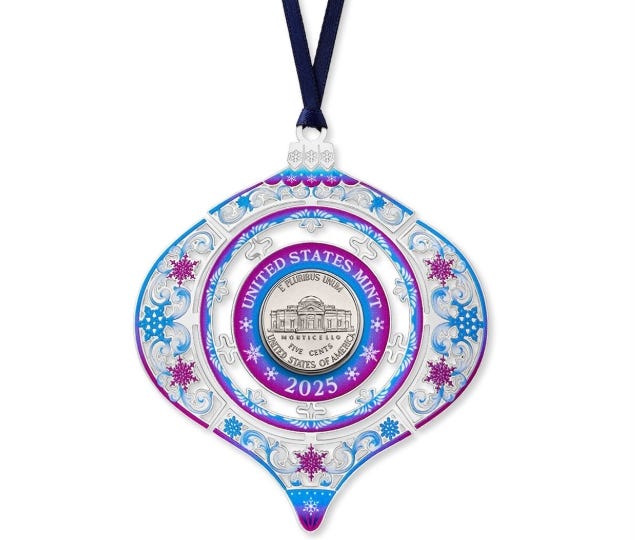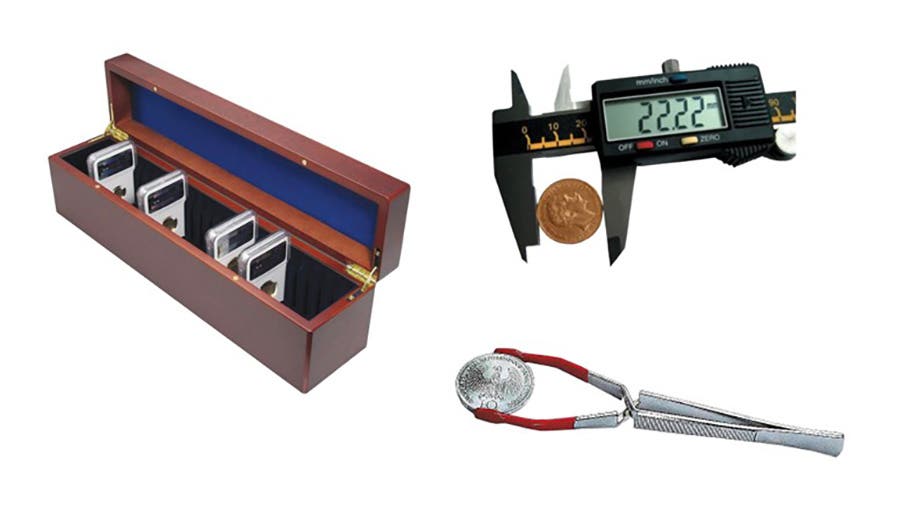Silver Queen located in Virginia City
What is the history of the portrait known as the “Silver Queen?” In a tavern in Virginia City, Nev., there’s a painting of a woman whose dress is decorated with…
What is the history of the portrait known as the “Silver Queen?”
In a tavern in Virginia City, Nev., there’s a painting of a woman whose dress is decorated with 3,261 silver dollars. Her belt is made of 28 $20 gold coins, and her bracelets and necklace are silver quarters. About 900 more silver dollars are used for the border of the 8 x 15-foot picture designed by Carroll and Ruby Easton.
I search through a lot of circulated coins, and I have found several quarters with red paint or nail polish on them. Is there some purpose for defacing them?
The coins you have found are known as “shill” or “house” coins that are used to feed a jukebox or a gaming device to encourage customers to pick out their favorite songs or games. These coins normally are sorted out when the coin box is emptied and returned to the owner of the establishment, so the ones you found either were accidentally included in a bank deposit or perhaps stolen.
I’m curious as to how many towns there are in the United States that have names having to do with coins or money?
While I doubt that this list is complete, one source lists these: Cash in Illinois, South Carolina and Texas; Cash Money, Fla.; Cash Point, La.; Cash Corner, N.C.; Dinero, Texas; Dollar, Ore.; Dollar Bay, Mich.; Dollar Junction, Ala.; and Greenback and Greenback Junction, Pa. Then there’s Cash and Dollarway, Ark; Cashiers, N.C.; Cashtown, Pa.; Dime Box and Dollar Bay in Texas; Dollar Ranch, Calif.; Money, Maine; Money Order Unit in Louisiana and Pennsylvania; Pence in Wisconsin and Indiana; and Nickelsville, Va.
When was the discovery of the 1913 V nickel first brought to public attention?
The first indication that there was such a coin was an ad run in the December 1919 issue of The Numismatist, the publication of the American Numismatic Association. The ad stated, “Wanted 1913 Liberty Head nickel, in proof condition if possible. Will pay $500 cash for one. Samuel W. Brown, North Tonawanda, N.Y.” In the February 1920 issue, the offer was raised to $600. It was later determined that Brown, a former employee of the Mint, was the most likely person to have spirited the five examples of the coin out of the Mint, using the ads to build interest in the coin and attract a buyer. Research published by Robert Van Ryzin indicates Brown showed off one of the coins to members of the Chicago Coin Club Dec. 3, 1919. The five coins were displayed in 1920 at the ANA convention in Chicago.
Could you tell me what part of the cost of the commemoratives that are produced for non-profit organizations is deductible on your income tax?
The IRS has never allowed any of the surcharges on the commemoratives to be deducted. There have been several attempts to attach riders to the authorization acts to allow this, but all have failed to pass.
This article was originally printed in Numismatic News Express. >> Subscribe today
If you like what you've read here, we invite you to visit our online bookstore to learn more about Standard Catalog of World Coins, 1801-1900.
NumismaticNews.net is a participant in the Amazon Services LLC Associates Program, an affiliate advertising program designed to provide a means for sites to earn advertising fees by advertising and linking to Amazon.com and affiliated websites.




